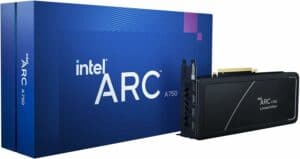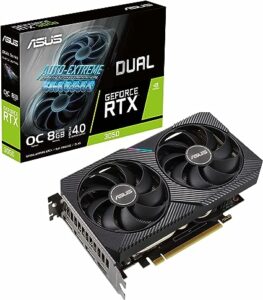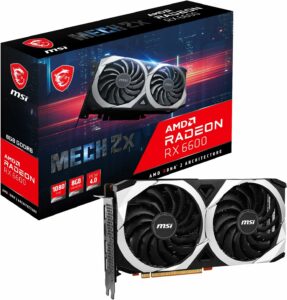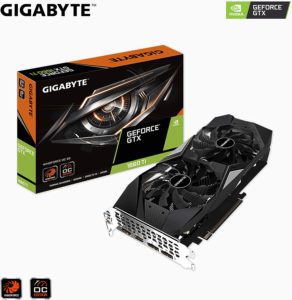Best GPU under $250 in 2025 – Top graphics cards under 250 dollars
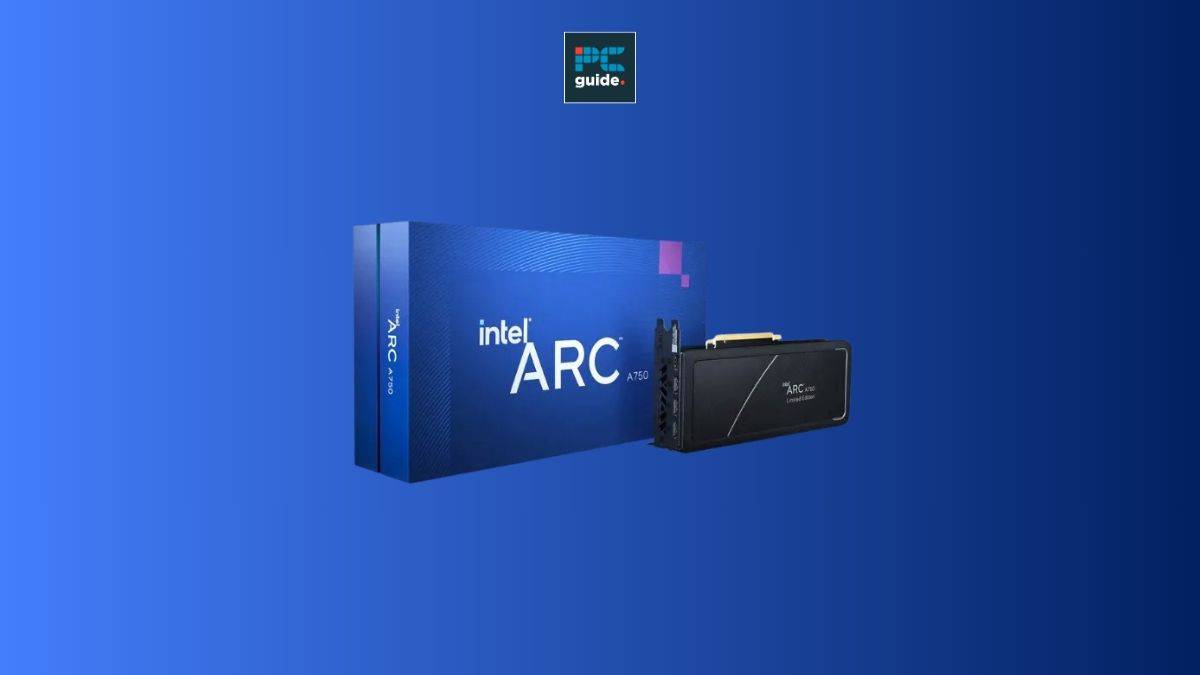
Table of Contents
If you’re cash strapped by still want to play modern PC games then you’ll want to consider the best GPU under $250. This budget may not sound like much, but there’s still a lot you can squeeze out of even older mainstream video cards if you’re smart with utilizing the likes of DLSS, FSR, and XeSS. That’s not to say they lack in the native rendering department, however, as every card included in our guide targets 1080p60 with a couple of caveats. Let’s get into our choices.
You’ll notice that we outlined all three companies as AMD, Intel, and Nvidia all have video cards selling for under the $250 with varying levels of performance prowess. It’s important to note that these GPUs are targeting 1080p as a base line, so if you’re looking to higher resolution gaming then we recommend upping your budget and considering one of the best 1440p graphics cards. For a more general overview, check out the best graphics cards which goes through top choices across all budgets.
Products at a Glance
How we chose the best GPUs under $250
We’ve made our choices for the best GPU under $250 based on their price-to-performance offered in 2025. Fortunately, there are options from not only AMD and Nvidia, but also Intel, meaning you have a full range of choices for both 1080p and 1440p. We should stress that you won’t exactly have one of the best gaming PCs while running one of these cards, but 1080p60 is more than possible. If you’re a more casual gamer that doesn’t need anything too taxing, you should be well served by these four video cards.
Product Reviews
- Powerful performance in 1080p
- Good in 1440p
- 8GB GDDR6
- Some driver issues remain
- Need to pair with a fairly recent CPU
The Intel Arc A750 takes the top spot as the best GPU under $250 and that’s for a number of crucial reasons. Chiefly, the inclusion of 8GB GDDR6 VRAM and a 256-bit memory bus being significantly more than what we typically see from video cards in this price bracket. There’s a total of 3,584 cores built upon the GD2-512 die meaning it’s ideal for 1080p gaming and can perform well enough in 1440p. It’s available for $249 but you can frequently find it around the $200 mark depending on the variant.
Depending on the game in question, you can expect around 60fps or above in 1080p when maxed out. This is the case in titles such as Days Gone, Spider-Man Remastered, Elden Ring, and Red Dead Redemption II according to prominent benchmarking YouTube channel ShadowSeven. However, things greatly improve when factoring in Esports games like Rainbow Six Siege, Apex Legends, and Fortnite, with upwards of 100fps if you are smart with your settings sliders. 8GB VRAM may not excel in 1440p, but it should be possible when utilizing XeSS AI upscaling where possible.
The one thing to be aware of is the performance improvements that you can get by enabling resizable bar (ReBAR) and to do so you’ll need at least a 10th Gen Intel CPU. We’re currently on the 14th Gen, so if you’re running a considerably older chipset then it may be time for an upgrade to one of the best CPUs for gaming.
- Targets 1080p at 60fps
- Competitive price point
- Fairly low power usage
- Doesn't hold up well in 1440p
- DLSS is basically required
Just because you’re working with a tight budget doesn’t mean you can’t get in on the RTX on action. You may be missing out on Ada architecture, but there’s still a fair amount of life left in the RTX 3050 as it features 8GB GDDR6 memory and a 192-bit memory bus. It’s forged on the GA106 silicon and comes running a total of 2,560 CUDA cores. Make no mistake, it’s geared entirely around 1080p, as it doesn’t quite have enough under the hood for 1440p gaming, but you are benefitting from DLSS and ray tracing here.
That’s right, a sub-$250 GPU is capable of ray tracing, and thanks to DLSS 3.5’s ray reconstruction, you should notice improved performance even on the lowest-end of RTX hardware in 2025. The GPU achieves 1080p60 in many popular games such as God of War, Elden Ring, Spider-Man: Miles Morales, and Call of Duty Warzone 2.0 according to ShadowSeven on YouTube. You can expect anywhere from 30-45fps in more demanding software such as Cyberpunk 2077, Starfield, and Red Dead Redemption II. Intelligent utilization of DLSS means you may be able to bump these figures, but considering the asking price, this GPU does enough to warrant its place here.
- 8GB GDDR6 VRAM
- Good utilization of FSR
- Often heavily discounted
- Not ideal for ray tracing
- Previous generation
While there’s unfortunately no mainstream RDNA 3 GPU available under $250, this doesn’t apply to the previous-generation hardware. That’s where we find ourselves with the RX 6600, which, despite its age, still holds up well in 1080p. It’s armed with 8GB GDDR6 and a 128-bit memory bus able to play titles targeting 60fps and above. You can find this GPU frequently under the $250 mark, even as low as $200 in 2025, and it’s well worth considering if you want a Team Red card in your rig for less.
According to YouTube benchmarker GameGangsta, the RX 6600 achieves around 1080p 60fps in popular titles such as Grand Theft Auto V, PUBG, Call of Duty: Warzone 2.0, Red Dead Redemption II, and God of War at ultra settings. Through smart utilization of FSR, however, you can maximize your framerates as is evidenced in games such as Call of Duty: Modern Warfare II, Dead Space (2023), and The Last of Us: Part 1. What we have is an older video card that’s still able to keep up with today’s games so much as you aren’t concerned with ray tracing.
- Competitive pricing
- Decent cooling
- Solid performance in 1080p
- No support for DLSS or ray tracing
- 6GB VRAM is starting to be a bottleneck
Even many years after its original introduction, the GTX 1660 Ti continues to be one of the most popular GPUs of all time. This version features 6GB GDDR6 memory and a 192-bit memory bus with a total of 1,536 CUDA cores, which should be enough for 1080p gaming in today’s titles. However, it’s important to remember that you will not have access to DLSS AI upscaling or ray tracing of any kind, so if you’re after this functionality then we recommend opting for the RTX 3050 instead.
You can commonly find the GTX 1660 Ti available under $200 which make it a solid value buy even in 2025. According to ShadowSeven on YouTube, the GPU is able to play the likes of Forza Horizon 5, Elden Ring, Call of Duty: Warzone 2.0, and Fortnite at 60fps or above in max settings. Things get particularly exciting in Valorant, Overwatch 2, and CS2 with figures pushing upwards of 100fps in Full HD. If you just want a GPU that’s good enough for competitive gaming and aren’t concerned with peak performance then this one is a solid buy all told.
Things to consider with the best GPU under $250
What is the cheapest RTX GPU?
The absolute cheapest RTX GPU available is the RTX 3050 which originally had a launch MSRP of $249. It’s often available cheaper than this, however, as it’s been out for a long time with the advent of the RTX 40 series in its wake.
Is GTX 1650 outdated?
Yes, the GTX 1650 is now very outdated for the demands of modern PC gaming. That’s because this card features just 4GB GDDR5 memory which just isn’t going to be up to the task of producing playable framerates in 2025. That’s why we’ve recommended the RTX 3050 and the GTX 1660 Ti instead.
Our Verdict
The Intel Arc A750 is our top pick for the best GPU under $250 and it rises above its contenders thanks to leading AI-powered upscaling through XeSS, 8GB GDDR6 VRAM and a large memory bus. It offers excellent performance in 1080p and even 1440p if you’re smart with your settings all for an asking price you can’t really argue against. It may not have the same weight to the name as Nvidia GPUs or AMD RX video cards, but Team Blue really pulled it off in this price category.


